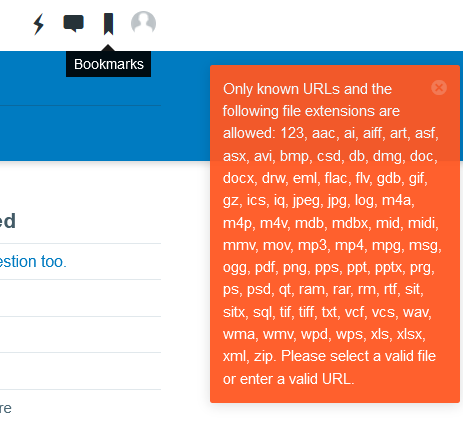I'm trying to get a layer working and I'm hitting an error/warning that seems.. off.
WARNING: fenix6xpro: /home/ciq/src/source/views/OverlayView.mc:54: Unable to detect scope for the symbol reference 'width'.
WARNING: fenix6xpro: /home/ciq/src/source/views/OverlayView.mc:54: Unable to detect scope for the symbol reference 'height'.
I've assumed I'm doing something wrong but the example code in WatchfaceAnimation in the samples directory seems to do the same and runs without this error.
// lines 106-110 in source/AnimationWatchFaceView.mc
_drawLayer = new WatchUi.Layer({
:locX=>_drawLayerArea[0],
:locY=>_drawLayerArea[1],
:width=>_drawLayerArea[2],
:height=>_drawLayerArea[3]});
// My code
var layer = new Ui.Layer({
:locX => 140,
:locY => 140,
:width => 140,
:height => 140,
:visibility => true,
});
Now when I leave out the width/height it doesn't complain but I can't seem to get anything on the screen. I paint the whole screen blue and than I want the layer to be white and be painted.. yet my screen stays all blue.
Full code can be found here: gitlab.com/.../OverlayView.mc



